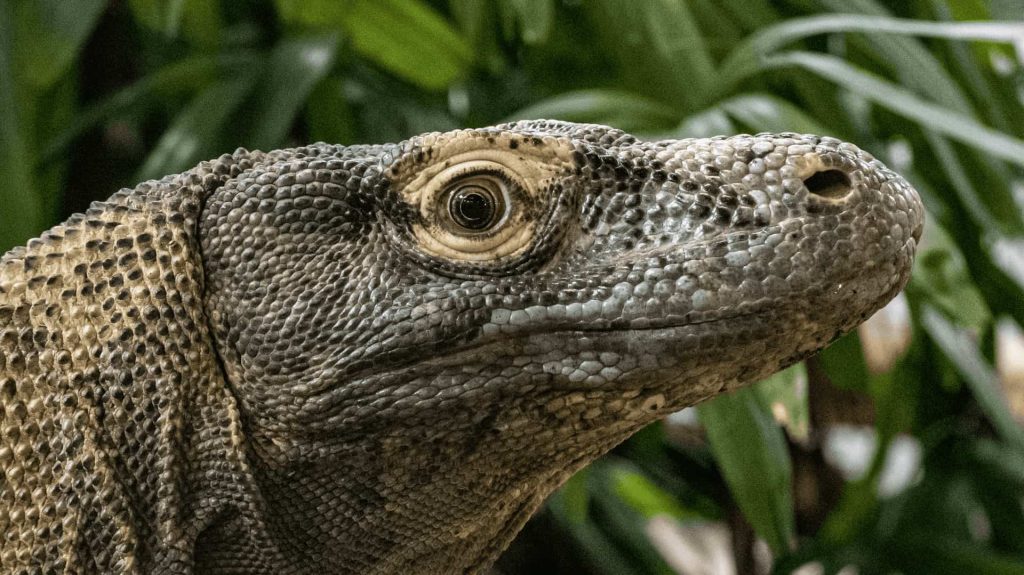Komodo Island in Indonesia and its surrounding islands live the world’s largest lizard, the Komodo Dragon. This giant lizard is known as a “living fossil”. It is not only the top predator of the island ecosystem, but also the focus of reptile enthusiasts around the world.
Komodo dragons (Varanus komodoensis) are huge, with an average adult length of 2-3 meters and a weight of more than 70 kilograms. Their strong limbs, sharp claws and powerful jaws make them the “land overlords” on the island. In addition, their saliva contains a variety of bacteria and venom, which can quickly weaken prey during hunting, causing them to eventually lose resistance.
Komodo dragons mainly feed on deer, wild boars, and even other Komodo dragons, showing a strong sense of territory. Although they usually seem slow, once they find their prey, they can sprint and catch it at an amazing speed. Their unique way of survival makes them an indispensable part of the ecosystem.
Komodo Dragon Sculpture has also become a popular subject for art collections and public decorations due to its unique appearance and cultural symbolism. Whether it is a museum exhibition or a park sculpture, these lifelike sculptures can show the majestic posture of the Komodo dragon and draw people’s attention to this endangered species.
However, the survival of the Komodo dragon is under threat. Their numbers are declining due to human activities, habitat destruction and the impact of climate change. The Indonesian government has taken conservation measures, including the establishment of Komodo National Park, to ensure the survival of this ancient species.
The Komodo dragon is not only a masterpiece of nature, but also a miracle of biological evolution. Whether you see it in the wild or appreciate its beauty through Komodo Dragon Sculpture, this giant beast is amazing. Hopefully, through conservation actions, we can continue to let future generations enjoy the majestic figure of the Komodo dragon.

